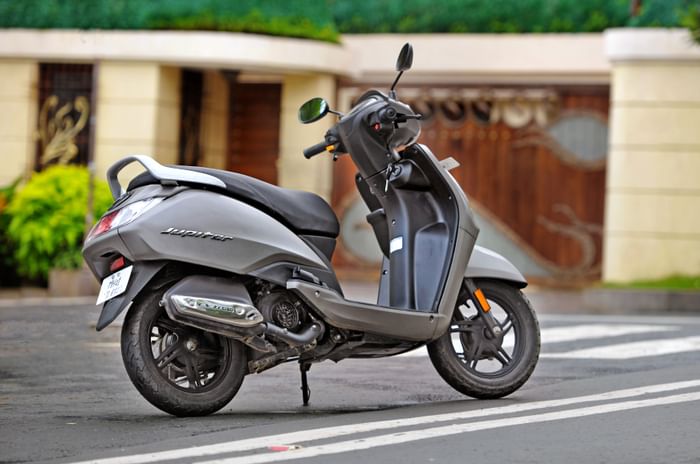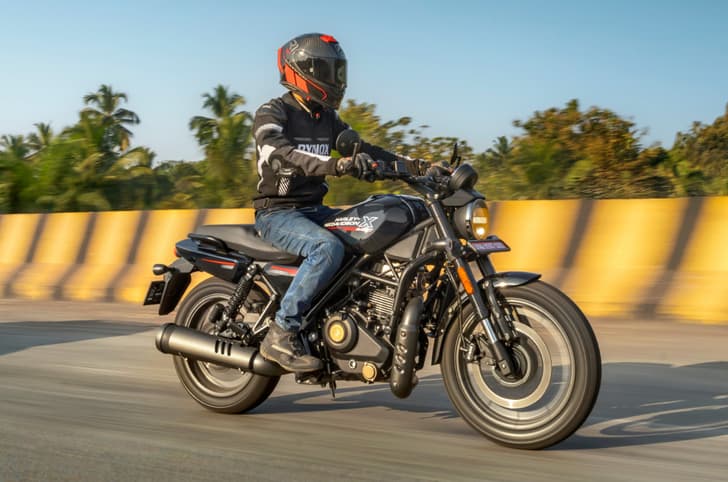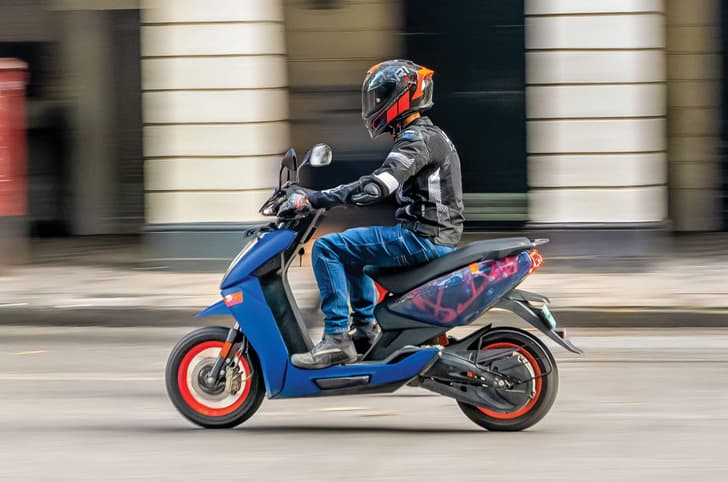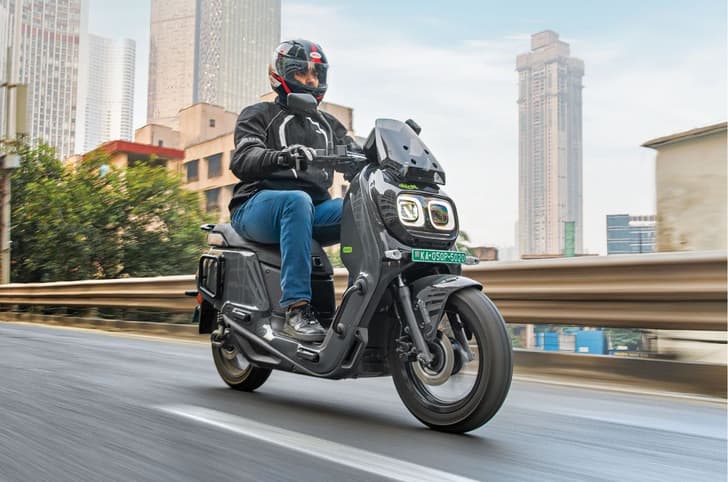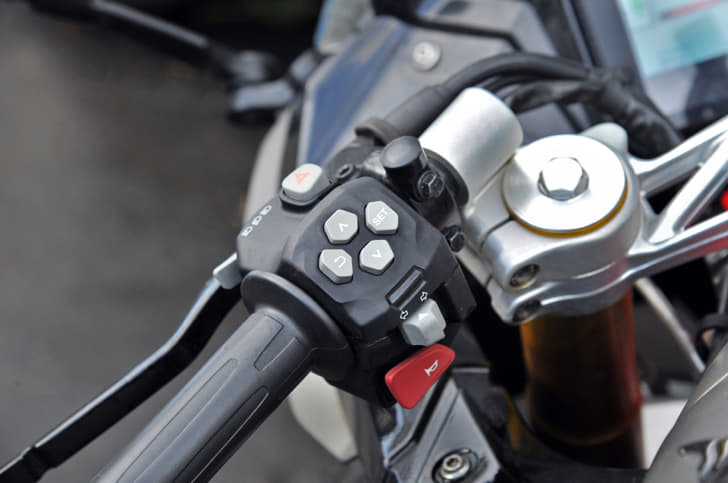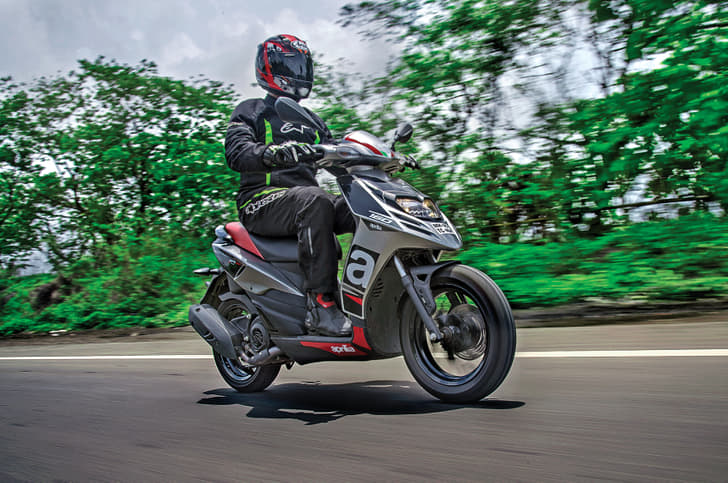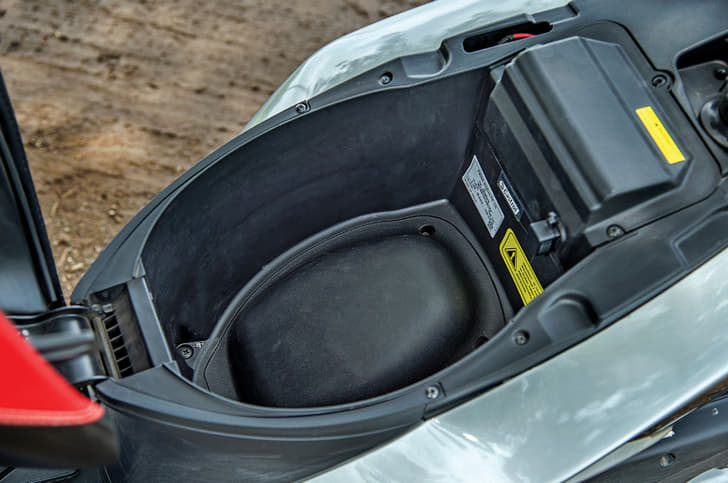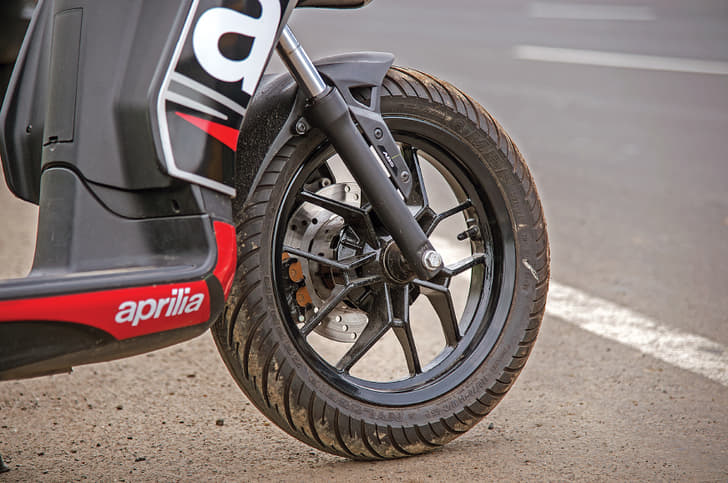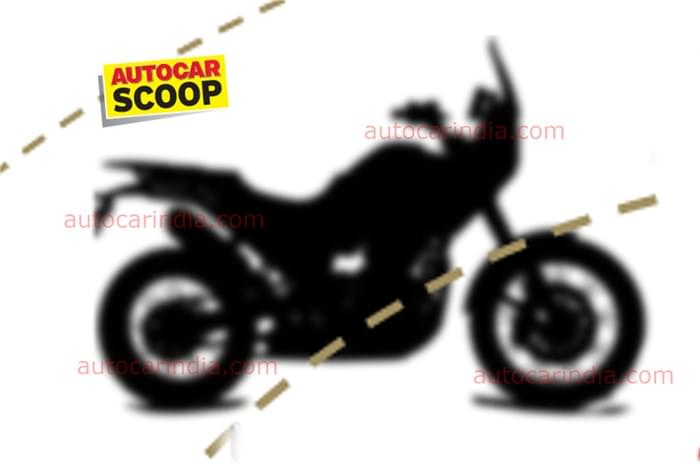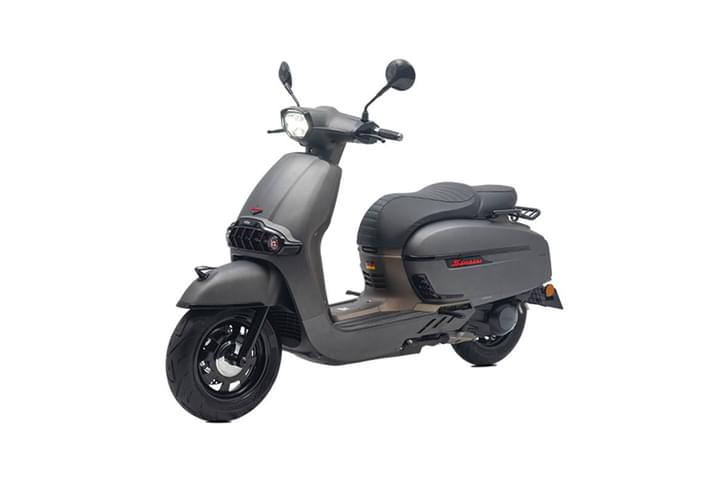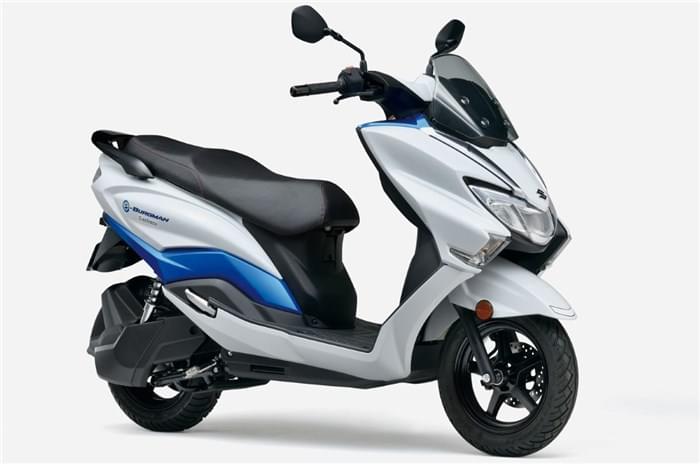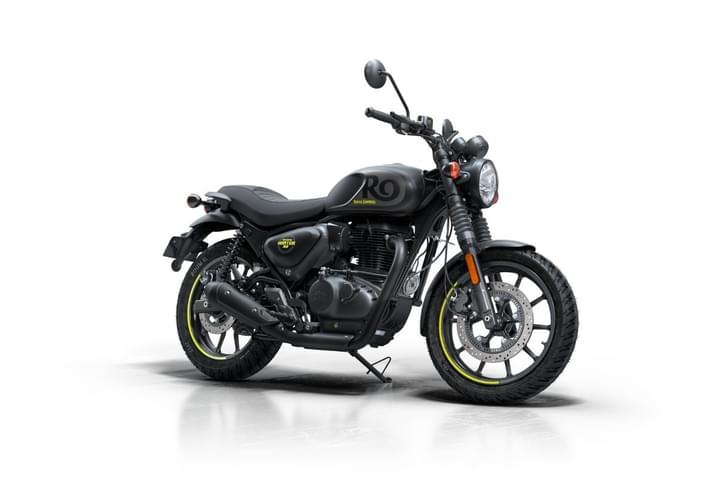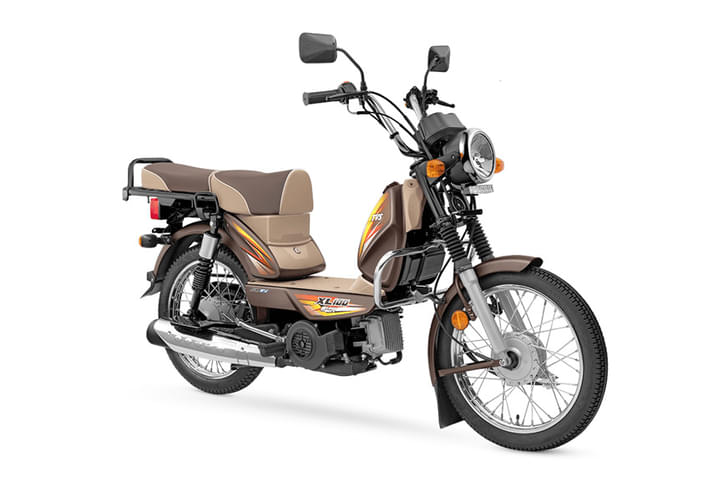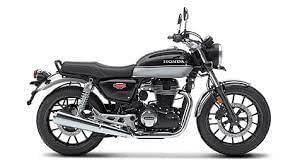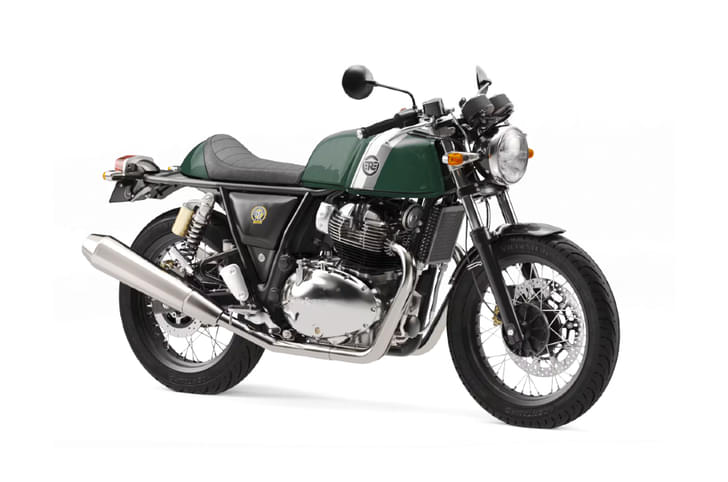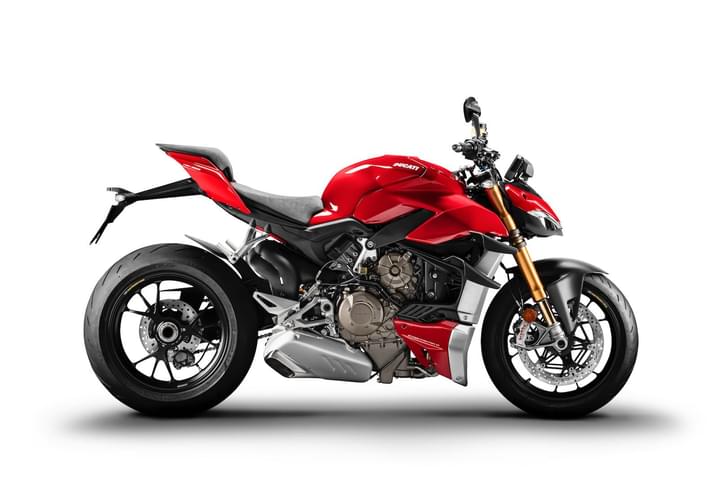The scooter segment in India has changed quite a bit in recent years. Back when the Jupiter was launched in 2013, it was considered to be a premium scooter. Now though, it sits in the affordable 110cc space, while its larger sibling, the Ntorq, takes on the premium 125cc segment. Despite the growing popularity of the Ntorq and the 125cc category, the Jupiter’s mass-market appeal continues to put it at the top of TVS’ sales chart. The popular scooter was updated to BS6-spec a few months ago, but the pandemic has only now given us the chance to ride it.
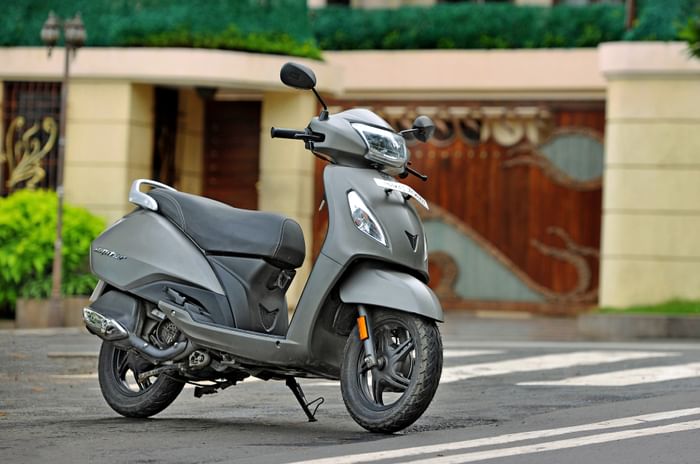
On the surface
If you missed the little decal that says BS6 on the exhaust shield, you’ll have a hard time telling this scooter apart from the 2019 model. The model we rode was the standard Jupiter and it sits below the ZX and Classic in the range, and the styling and colours remain unchanged. The top-spec Classic, meanwhile, features a new shade of blue. What is nice is that the design has aged quite well and the simple sharp lines on the boxy bodywork still looks contemporary. And yes, the majority of the coloured body panels continue to be made from metal. While we understand the philosophy of not fixing something that isn’t broken, it would have been nice to at least see small styling tweaks.

A little deeper
The standard model of the Jupiter is quite bare-boned. What it does get over the older model is an LED headlight as standard. While the ZX and Classic get the USB charger, it’s an optional extra on the standard variant. The standard model also misses out on the digi-analogue speedometer that’s exclusive to the ZX and the windscreen that’s only available on the Classic variant.
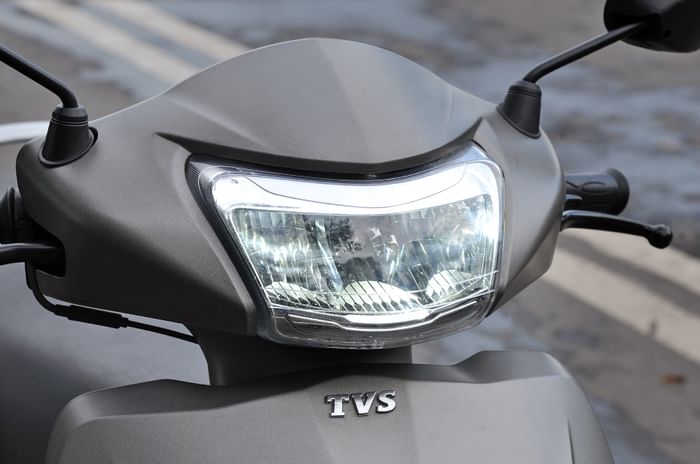
Deep dive
The biggest change, by far, is that the Jupiter has made the switch from a carburettor to a fuel-injection system as a fuelling method. The Jupiter’s system targets fuel economy and the company is claiming that it is 15 percent more efficient than the model it replaced. In our tests, the BS6 Jupiter returned 50.4kpl in the city and 57.6kpl on the highway. While those numbers are impressive, the 2020 Suzuki Access 125 remains the most efficient BS6 scooter we have tested.
Since we are on the subject of test figures, the BS6 Jupiter manages to accelerate from 0 to 60kph in 10.24sec. This figure is quite decent when you consider that the fuelinjected model now makes 0.5hp less, while peak torque remains the same, at 8.4Nm. The TVS also has a competitive kerb weight figure of 109kg.
Going beyond the numbers, it has to be said that the Jupiter doesn’t feel lethargic. The throttle response is spot on and going by memory, the Jupiter seems to build speeds more energetically than its primary rival, the Activa 6G. However, this is something we can only confirm when we ride the two back to back.
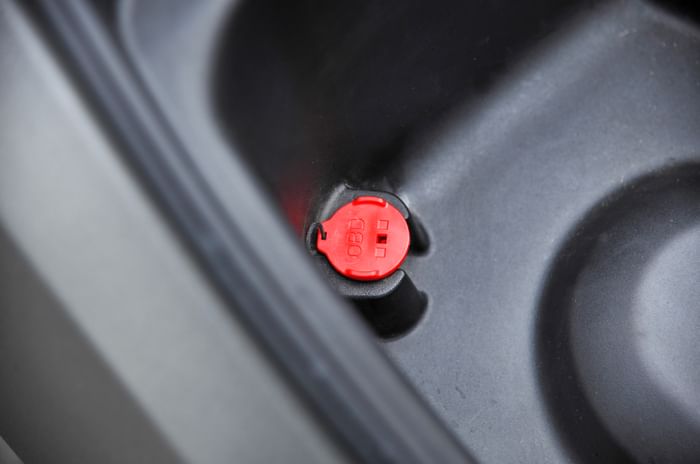
One of the Jupiter’s biggest USPs were its 12-inch wheels and these continue to inspire a lot of confidence. The scooter feels quite stable even when you have it pinned at 80kph. Like the model it replaced, the ride quality is pliant even over bad patches. What also helps with comfort is the soft and spacious seat and because the ergonomics remain the same, the Jupiter is one of the most comfortable 110cc scooters for taller folk.
It would have been nice to have a front disc brake as an optional extra on the 2020 Jupiter, but you have to make do with the drum brake setup at both ends e. While the SBT (Synchronized Braking Technology) system works quite well, the braking force is limited by the drum brakes and you will also have to periodically tighten the adjustment bolt. Overall performance is acceptable, but not particularly good.
Is it worth it?
Prices for the BS6 TVS Jupiter start at Rs 62,062 for the standard model and go up to Rs 68,562 for the top-spec Classic (ex-showroom, Delhi). This positions the standard model at Rs 3,000 less than the base variant of the Activa 6G. Both scooters are neck and neck, as far as equipment is concerned, but the Jupiter does have a slight advantage, thanks to its larger rear wheel. The engine, coupled with the fuel-injection is also hard to fault, especially when you consider that it is targeted at the masses. As a package, the 2020 TVS Jupiter continues to tick all the right boxes, but the Activa is now a stronger rival and only a comparison review can offer clear answers.
Within the Jupiter family, we’d recommend opting for the standard model because the higher-spec variants fall in the price bracket of more powerful 125cc scooters, like the Hero Destini 125 and Suzuki Access 125 in standard trim.
